At BioLegend, we've spent nearly two decades crafting new fluorophores for flow cytometry. With each new option, researchers and colleagues have come to trust the performance of our products, as evidenced by this CiteAb report indicating we are the most cited company for flow cytometry antibodies.
Our diverse array of fluorophores allows you to expand the limits of flow cytometry and develop larger multicolor panels. High level panels (>22 colors) can be built using cytometers capable of spectral detection or the ability to unmix a fluorescent spectrum across an array of emission detectors such as the Cytek™ Aurora or Northern Lights. Some fluorophores, like the Spark Dyes, are specifically designed to be used on these cytometers.
Learn more about the unique advantages offered by each member among the various families of fluorophores and how to best use them in multicolor panels:
- Protein-based fluors: PE, APC, PerCP, and their tandems
- Organic fluors: FITC, Alexa Fluor® dyes, Spark Fluors, etc.
- Polymers: Brilliant Violet™ Dyes
- KIRAVIA multimers: KIRAVIA Dyes™, a distinct class of multimers with unique fluorescent chemistry.

 Login/Register
Login/Register 










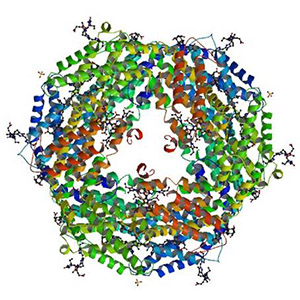
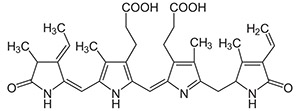
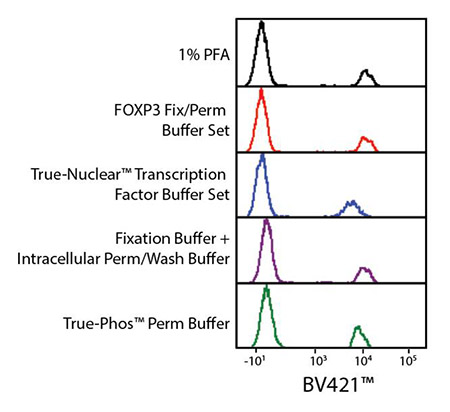
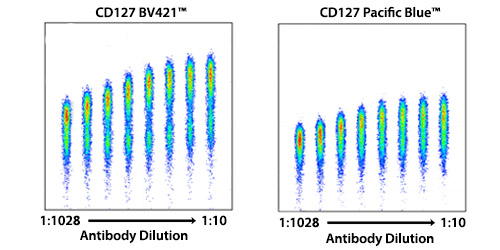
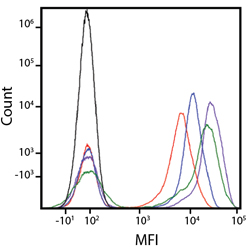
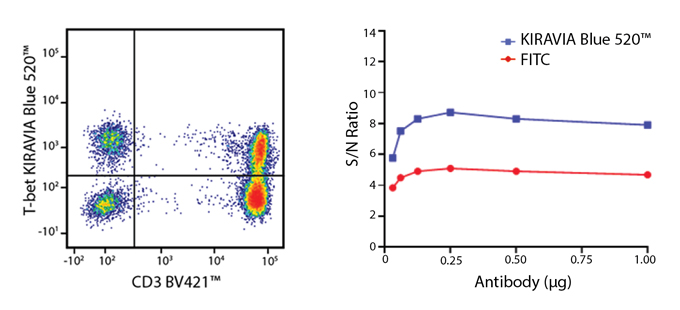
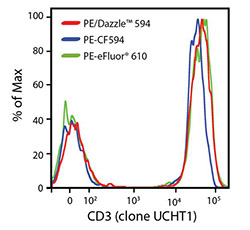
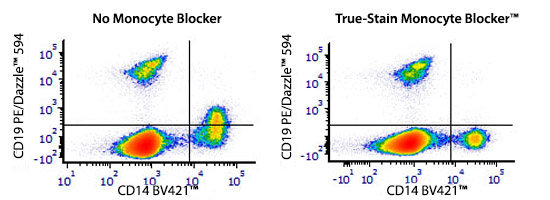
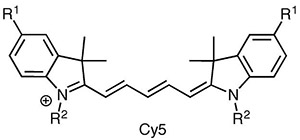
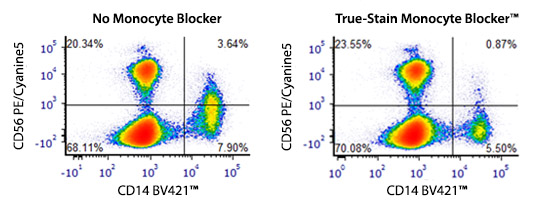

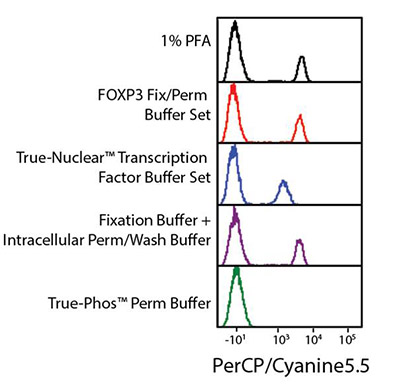
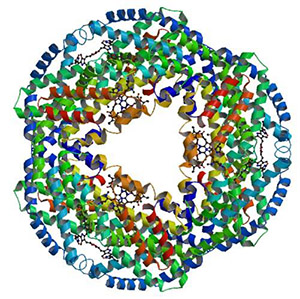
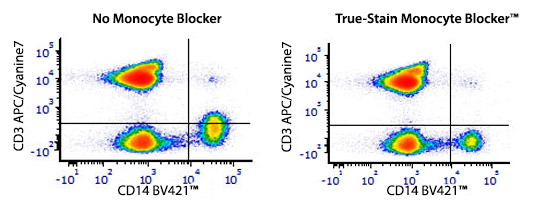

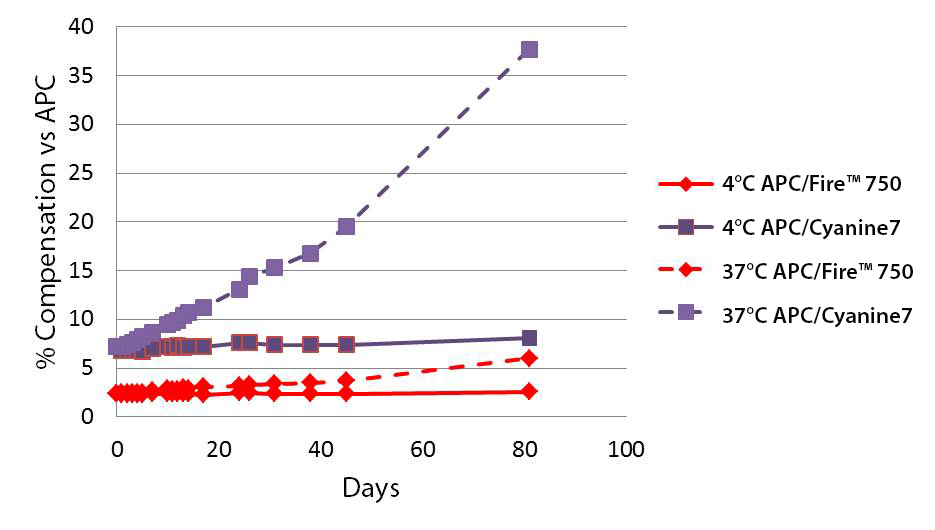
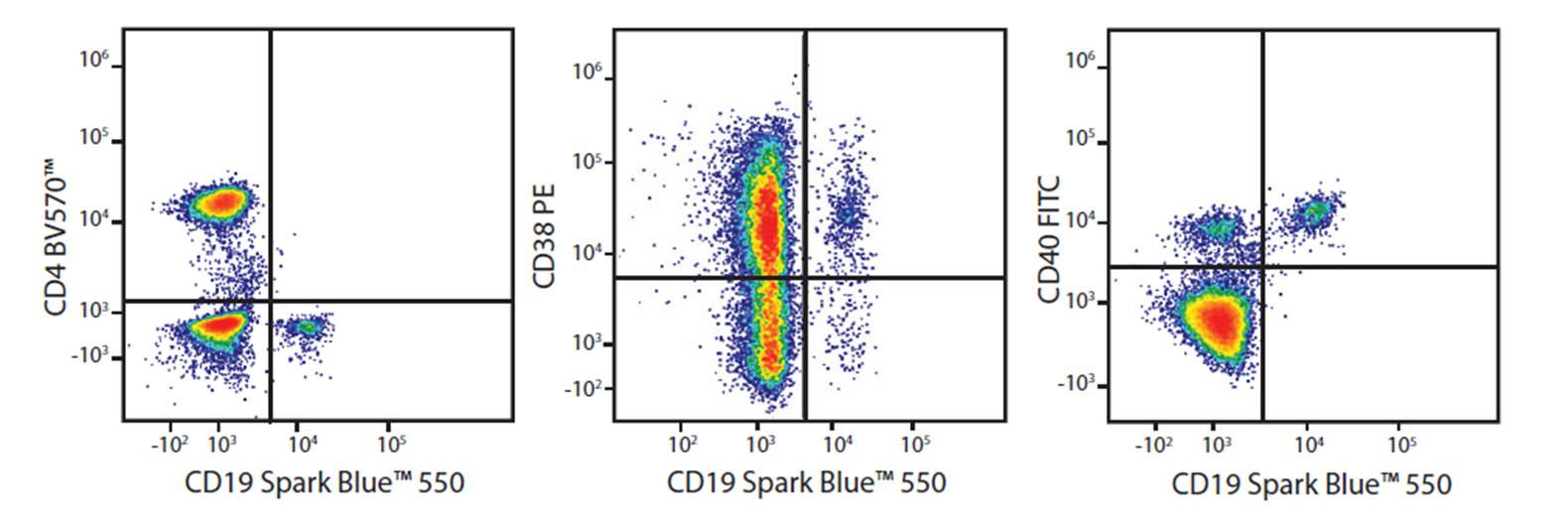
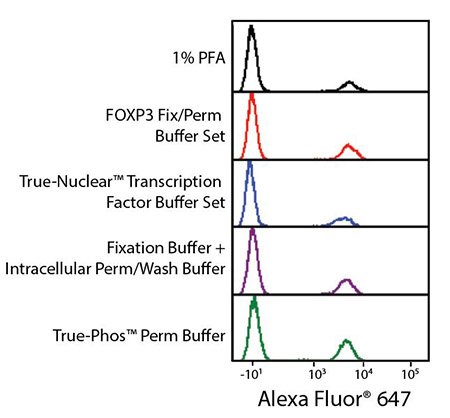
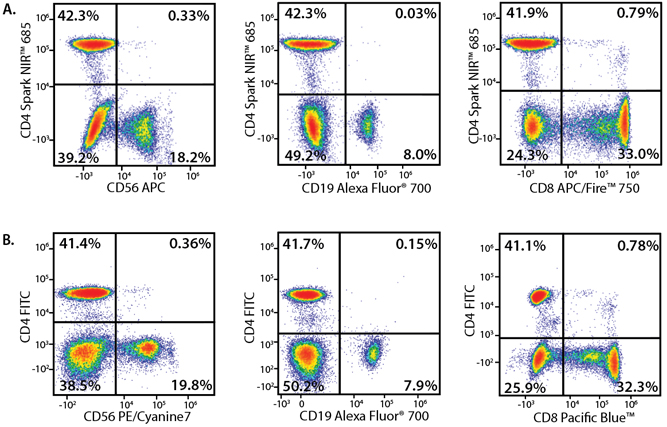
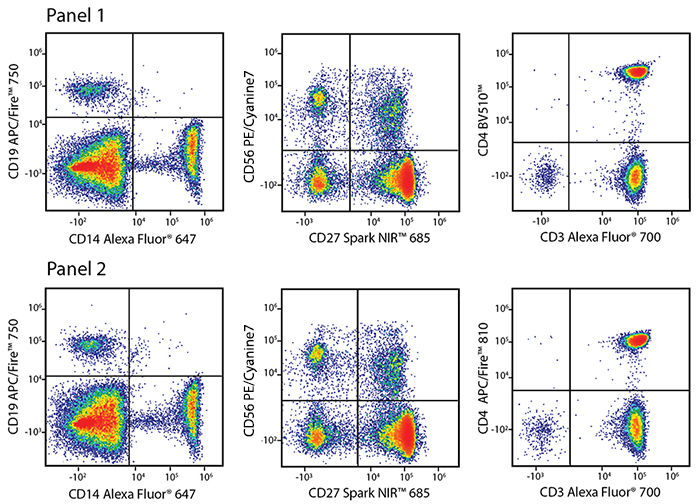

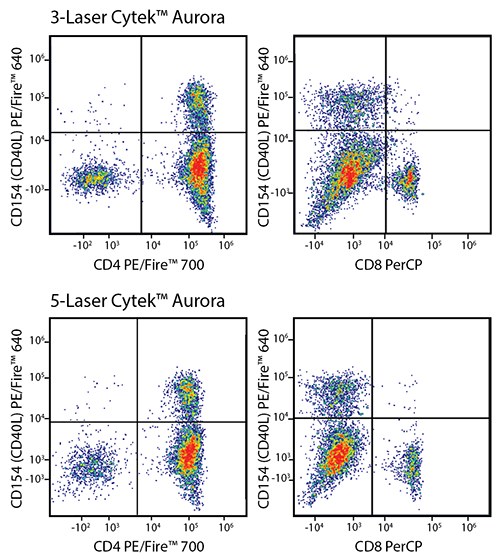


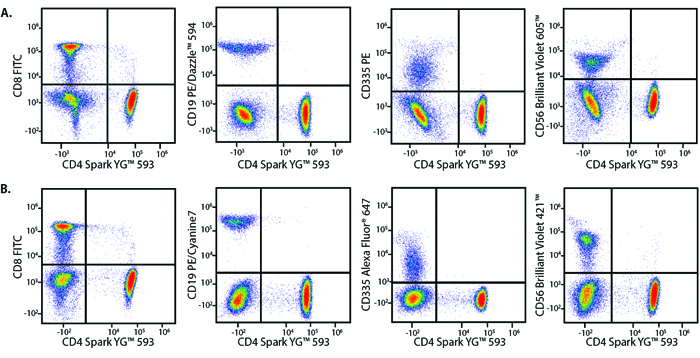



Follow Us